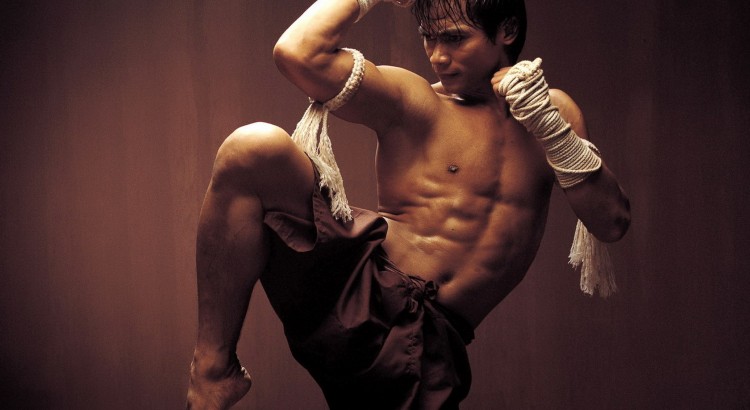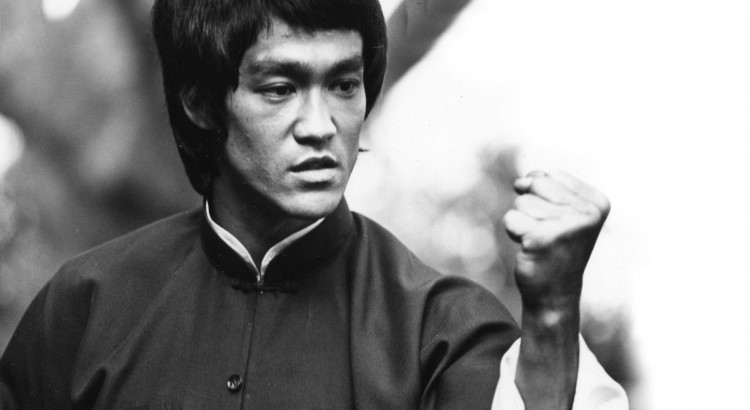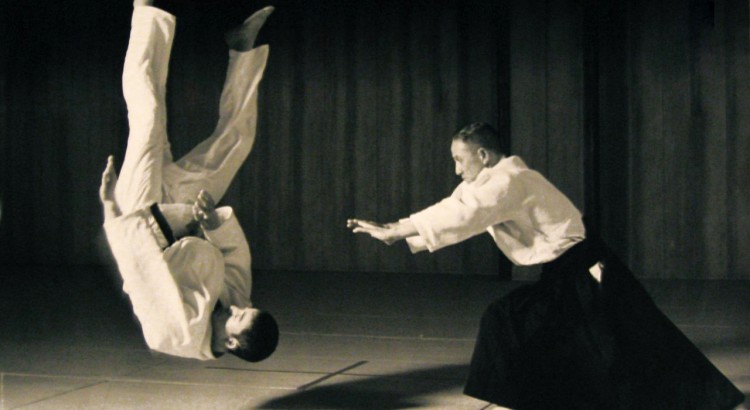Unless you’re from Thailand, it is highly unlikely that you are leaning towards learning Muay Thai. Admittedly, this form of martial art is not as popular as the other prominent types like Aikido, Kung Fu, and Karate. But it is also hard to deny that a growing number of martial arts enthusiasts are picking up the discipline.
Also known as Thai boxing, Muay Thai is the national sport of the Southeast Asian nation. It was developed centuries ago as a close-combat form, utilizing the entire body as a defense.
To the uninitiated, Muay Thai utilizes attacks using various parts of the body like the knees, feet, elbows, and fists. Strikes can be made from close, mid, or low range. Muay Thai also involves grappling, although unlike in Brazilian jiu jitsu, grappling maneuvers are used for setting up elbow and knee strikes, or throwing the opponent to the ground.
As you can see, Muay Tai requires its practitioners to be athletic and in top shape. As such, you need to be healthy, agile, and strong to be successful in this martial art form.
Today, Muay Thai’s popularity has grown tremendously thanks to the number of UFC fighters who practice it. Some of the more notable names in the MMA world who are known to be great at Muay Thai are Anderson Silva, Brandon Vera and Alistair Overeem.
Aside from joining the bandwagon, why should you devote your time and effort in learning Muay Thai? Here are five reasons why you should consider learning this Thai martial art form:
1. It Provides a Complete Training Workout
Muay Thai is both aerobic and anaerobic in nature, so you can build up your cardiovascular endurance and muscle mass by engaging in this sport.
There’s one study that looked into the energy demand during a Muay Thai competition. The study’s findings show how physically exhausting a Muay Thai fight can be.
Researchers looked into the aerobic energy expenditure and anaerobic metabolism of 10 male athletes during a Muay Thai match. They were asked to wear a portable gas analyzer which provided info on carbon dioxide production, heart rate, and oxygen uptake.
The findings showed that heart rate and oxygen uptake during a Muay Thai match were always above anaerobic threshold level, with carbon dioxide production increasing all throughout the match.
2. It Improves Leg Strength
There’s a lot of kicking involved in Muay Thai. The roundhouse kick is one movement that is distinctive to this martial art form. Performing roundhouse kicks can strengthen the muscles of the lower body, and improve leg strength.
Moreover, Muay Thai can improve your footwork. Rehearsing the various kicks and footwork drills can make you more agile, aside from enhancing your agility and muscle endurance.
3. It Improves Core Strength
Most of the movements in Muay Thai like defending, clinching and striking are rotational in nature, which can help in strengthening and developing core strength. Getting punched in the bread basket can also help in strengthening the core.
A strong core is important in Muay Thai as it is the foundation of balance, coordination, stability, posture, speed and agility. You’d also be needing a strong core to defend yourself against strikes to your midsection.
4. It Increases Hip Mobility
Over time, the kicking and kneeing movements you would do in Muay Thai would increase your hip mobility. Hip mobility not only increases athletic performance but also prevent lower back pain or injury.
Having good flexibility in the hips would allow you to more efficiently perform movements, like kicking. Hip flexibility or mobility is also great if you practice other sports like swimming, as you can make stronger kicks or athletics, as you can jump over hurdles more easily.
5. It’s A Great Stress Reliever
Muay Thai can be a great stress reliever, especially for professionals who are always stressed out from the pressures of work. The martial art can be a nice outlet, working wonders for both mental and physical health. And wouldn’t it be tempting to pour out all you emotions brought about by stressors like mounting bills or office politics on your Muay Thai opponent?
As you can see, Muay Thai is an ideal martial art form to get hooked into. It can be a very effective way of working out, as it would require you to use almost all your body parts. As an aerobic exercise, it can help you get fit and lose weight. As an anaerobic exercise, Muay Thai can make you improve your strength, power and even build muscles. Its movements would also help you improve your leg strength, hip mobility, and core strength.
Moreover Muay Thai can be a great way to relieve some stress that you get on a daily basis. So what are you waiting for? Enroll in a Muay Thai class now and start reaping these great Muay Thai benefits.









